Calf Muscles: Anatomy, Origin, Insertion, Function, Exercise, Clinical importance
Table of Contents
Introduction
The calf muscle is located on the back of the lower leg. It is comprised of two muscles — the gastrocnemius & the soleus.
These two muscles are met at the tendon of the Achilles tendon, which is attached directly to the heel. For Any leg/foot motion uses in these muscles.
The calf muscle is made up of two main muscles:
- The gastrocnemius is the larger thigh muscle, forming the bulge visible beneath the skin. The gastrocnemius has two heads, which together produce its diamond shape.
- The soleus is a lower, flat muscle that lies underneath the gastrocnemius muscle.
The gastrocnemius and soleus muscles taper and combine at the base of the shin muscle. A tough connective towel at the bottom of the shin muscle merges with the Achilles tendon. The Achilles tendon inserts into the heel bone. (calcaneus) In accretion to these two large muscles, a small muscle called the plantaris runs between the gastrocnemius and soleus down the length of the lower leg. providers call these three muscles the triceps surae. But also not everyone has a plantar muscle.
The main muscle in the calf are:
Gastrocnemius:
Introduction:
This muscle is just under the skin at the reverse of the lower leg. Because the gastrocnemius is close to the skin’s face, It forms the bulk of the shin.
Origin
The medium head from behind the medium supracondylar crest and the abductor excrescence on the popliteal face of the femur. The side head from the external aspect of the side condyle of the femur is just superior to and posterior to the side epicondyle. The fabella is an appurtenant ossicle most always planted in the side head of the gastrocnemius. Both heads have attached from the knee joint capsule and from the oblique popliteal ligament.
Insertion
The bulk of the gastrocnemius muscle from each of the heads comes together and fits into the posterior face of a broad membranous tendon. It also fuses with the soleus tendon to form the upper part of tendo calcaneus. This broad tendon also narrows until it reaches the calcaneus where it expands again for its insertion on the middle part of the posterior face of the calcaneus.
Action
It pulls the heel up and therefore extends the bottom over, the muscle provides the propelling force in running and jumping.
Function
The gastrocnemius with the soleus is the main function as a plantar flexor of the ankle joint. The muscle is also an important knee flexor. It isn’t suitable to ply full power at both joints contemporaneously, for illustration when the knee is flexed, gastrocnemius is unfit to induce as important force at the ankle. The contrary is true when the ankle is flexed.
When running, walking, or jumping the gastrocnemius provides a significant quantum of propulsive force. Considering the quantum of force needed to propel the body into the air, triceps surae can induce a lot of force.
The gastrocnemius muscle pressure has numerous fascial connections, and this pressure is transmitted not only to the bottom but to the knee, hipsterism, and lumbar area. A docked gastrocnemius muscle could beget dysfunctions to the physiological movements of the hipsterism, dwindling its anteversion (inward gyration of the femur). The fascial system plays an abecedarian part in the transmission of the force produced by the compression of the contractile element of the muscle.
The gastrocnemius muscle pressure has numerous fascial connections, and this pressure is transmitted not only to the bottom but to the knee, hipsterism, and lumbar area. A docked gastrocnemius muscle could beget dysfunctions to the physiological movements of the hipsterism, dwindling its anteversion (inward gyration of the femur). The fascial system plays an abecedarian part in the transmission of the force produced by the compression of the contractile element of the muscle.
Blood supply:
The medial gastrocnemius is supplied by the medial sural artery, a branch of the popliteal artery.
Nerve supply:
Both heads of the gastrocnemius muscle is supplied by the tibial nerve (S1 and 2). Cutaneous nerve supply is mainly provided by L4, L5, and S2.
Clinical importance:
The gastrocnemius muscle is prone to spasms, which are painful, involuntary contractions of the muscle that may last several minutes.
A severe ankle dorsiflexion force may result in a Medial Gastrocnemius Strain injury of the muscle, commonly referred to as a “torn” or “strained” calf muscle, which is acutely painful and disabling.
The gastrocnemius muscle may also become inflamed due to overuse. Anti-inflammatory medications and physical therapy (heat, massage, and stretching) may be useful.
Anatomical abnormalities involving the medial head of gastrocnemius muscle result in popliteal artery entrapment syndrome.
Soleus muscle:
soleus muscle is a flat, broad muscle of the calf of the leg lying just beneath the gastrocnemius muscle.
Origin:
Proximal half of back surface of tibia along soleal line.
proximal 1/3 of the posterior fibula.
Insertion:
Posterior heal via a calcaneal tendon.
Nerve supply:
Its supplied by the tibial nerve, L4, L5, S1, S2. it has no sensory supply to the intramuscular aponeurosis.
Blood supply:
Its supplied by branches of the popliteal artery trunk, the posterior tibial artery, and the peroneal artery.
Antagonists of soleus=Tibialis anterior
Structure:
The soleus is located in the superficial back compartment of the leg. The soleus is a multi-pennate muscle, usually having a separate aponeurosis from the gastrocnemius muscle. A majority of soleus muscle fibers arise from each side of the anterior aponeurosis, attached to the tibia and fibula. Others fibers attach from the posterior surfaces of the head of the fibula and the middle third of the medial border of the tibia.
Relations:
The soleus’ function same as the gastrocnemius muscle. Together, they constitute a plantar flexor – their contraction results in the plantar flexion of the ankle joint, and the lifting of the heel against gravity when walking or jumping.
The plantaris muscle and a portion of its tendon run between the 2 muscles. Deep to it is the transverse intermuscular septum, which separates the superficial back compartment of the leg from the deep posterior compartment.
Function
The action of the soleus muscle is plantar flexion of the foot. They are powerful muscles and are vital in walking, running, and keeping balance. The soleus specifically plays an important role in maintaining standing posture, if not for its constant pull, the body would fall forward. Also, in standing posture, the soleus is responsible for pumping venous blood back into the heart from the periphery and is also called the skeletal-muscle pump, peripheral heart, or the tricipital pump.
The soleus is the most virtual muscle for plantar flexion in a bent-knee position.
Plantaris muscle:
The plantaris is one of the superficial muscles of the superficial posterior compartment of the leg,
Origin
The plantaris muscle arises from the posterosuperior aspect of the lateral femoral condyle near to the origin of the lateral head of gastrocnemius & also to the oblique popliteal ligament.
Insertion
The plantaris muscle is inserted into the posterior surface of the calcaneum via the calcaneal tendon.
Nerve supply
tibial nerve (S1, S2).
Blood supply:
popliteal artery.
Actions
Assists other muscles at the knee and ankle joints.
Assists flexion of the knee
Clinical importance of Calf muscle:
- Leg Pain with active or resisted plantar flexion
- Pain during walking, running, jumping, or hopping.

- Calf muscle strain: The most common calf injury is a strain. Shin muscle strain Stretching the shin muscle past its normal length results in the tearing of some shin muscle filaments. It usually results from overuse. Shin muscle strains can vary from mild (slight pain) to severe ( complete gash of the shin muscle).
- Calf muscle tear: All shin muscle strains affect in tearing of some muscle filaments. More serious injuries may affect in a partial or complete tear of the muscle
- Leg cramps: Leg cramps can occur during the day or night. muscle cramps & muscle spasms in the calves can be very pain full. the result from several factors including dehydration, pregnancy, certain health condition & several medications.
- Pulled calf muscle: A shin muscle strain is generally called a pulled shin muscle. Pulling the muscle refers to stretching the shin muscle.
- Calf muscle rupture: Complete gash of the shin muscle, performing in severe pain and incapability to walk. The shin muscle may collapse into a lump seen and felt through the skin.
- Tennis leg: This type of strain of muscle injury affects the gastrocnemius muscle. the name is tennis leg because commonly due to the leg is extended & foot is flexed.it is happening in any sport. tennis player put their lag in this position when they serve a tennis ball & push off suddenly into movement.
- Rhabdomyolysis: Generally affects multiple muscles throughout the body.Shin muscle breakdown due to long-term pressure, medicine side goods, or a severe medical condition.
- Calf muscle myositis: Inflammation of the shin muscle. Infections or autoimmune conditions (caused when the vulnerable system inaptly attacks the body’s own tissues) are generally responsible, although shin muscle myositis is rare.
- Calf muscle cancer: Cancer of the shin muscle is uncommon. The excrescence may start in the shin muscle ( called sarcoma) or spread to the shin muscle from away ( called metastasis).
Exercises of Calf muscles:
The exercise is divided into two types:
- strengthening exercise of Calf muscles
- stretching exercise
Strengthening exercise of calf muscles
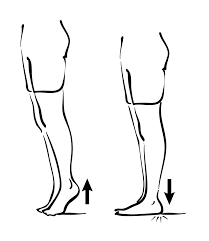
- Double-Leg Calf Raise: Calf raises are a calf-strengthening exercise. They use for body weight to strengthen and tone the gastrocnemius and soleus. Stand near a wall or bench for balance. Place your feet hip-width apart & ankles, knees, and hips are in vertical alignment to protect your joints. Push down into the balls of both feet to raise the body up. Keep the abdominal muscles pulled in so move straight rising &shifting body side to side.
- Single-Leg Calf Raise. In starting position stand on one leg near a wall or bench for balance with the other leg bent. the ankle, knee, and hip of the leg are in vertical alignment to protect the joints. push down into the ball then foot to raise the body upward. The abdominal muscles are pulled in so avoid shifting backward or forward.
- Seated Calf Raise. These exercises are done at home or at the gym on a calf exercise machine. The exercise works on both the muscle gastrocnemius and soleus.
- Calf-Building Sports: The following sports will help both strengthen and tone your calves Running, walking, hiking, and swimming are the magnificent calf strengthening exercise. Running sports like soccer, basketball, and tennis dictate you to run, jump and push the calf muscles to bundled. it is great for toning.

Stretching exercises:
Stretching exercise of calf muscles helps to reduce the muscle tightness and improve flexibility of your lower leg.
- Stand near a wall or bench with one foot in front of the other, front knee moderately bent. remain the back knee straight & heel on the ground, and bend toward the wall. Feel the stretch all along the calf of the back leg & hold this stretch for 20-30 seconds then switch to other legs, & doing a total of 3 repetitions.
- It is the more advanced stretch, stand on a step. put down the ball of the foot on the border of the step. The heel should be off the step. slowly drop the heel down as you bring weight through the leg & hold onto something, like the wall, as you lower. Hold this position for 20-30 seconds then switch legs & then alternate for a total of 3 repetitions.

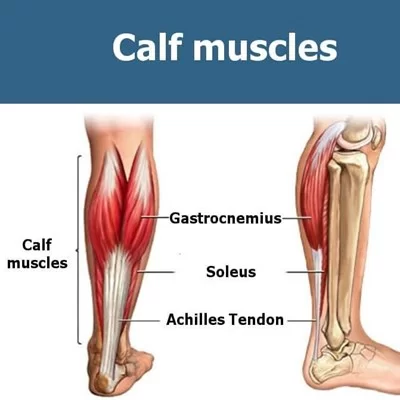
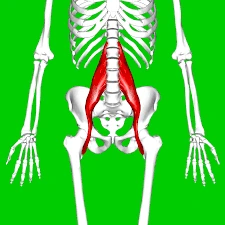
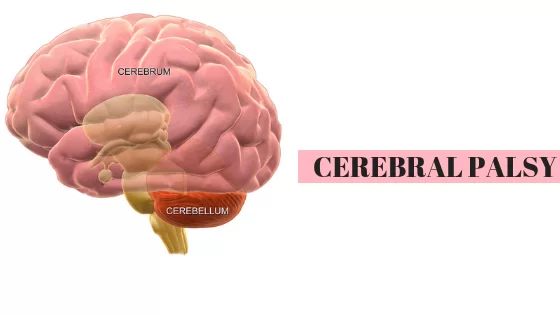
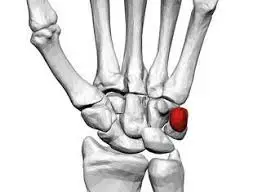
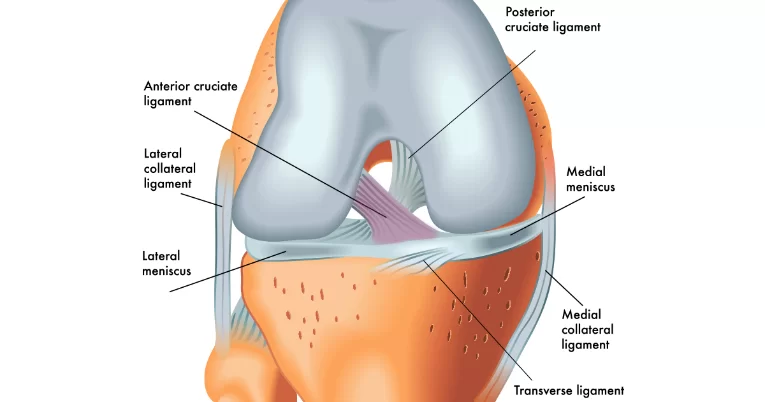
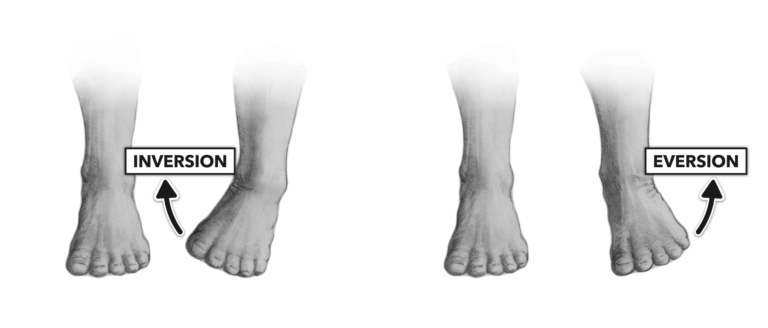
30 Comments